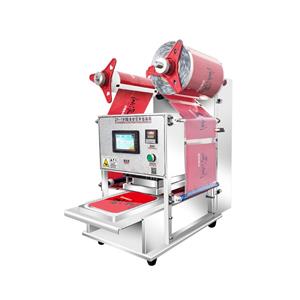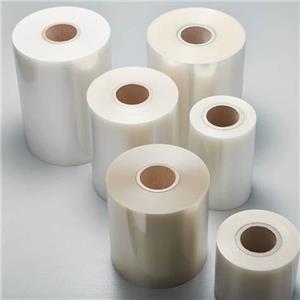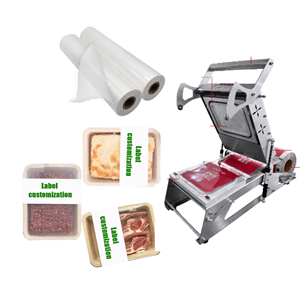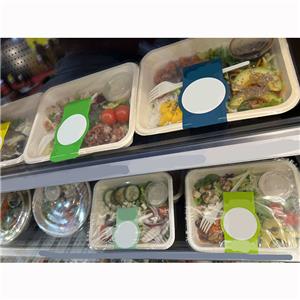Material Ranking and Detailed Information of Eco-Friendly Takeaway Boxes Amid Global Plastic Bans
Material Ranking and Detailed Information of Eco-Friendly Takeaway Boxes Amid Global Plastic Bans
With the growing global movement to ban single-use plastics, businesses and consumers alike are seeking sustainable alternatives for everyday products like takeaway containers. In the food packaging industry, several eco-friendly materials have emerged, each with unique features. This article ranks the top materials for eco-friendly takeaway boxes and provides insights into their characteristics.
1. Sugarcane Pulp (Bagasse)
Ranking: #1
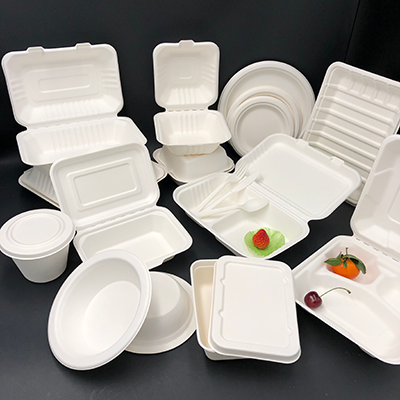
Overview:Sugarcane pulp, also known as bagasse, is a byproduct of sugar production. It is a renewable, biodegradable material that is becoming increasingly popular due to its strong eco-friendly properties.
Key Features:
100% biodegradable and compostable
Sturdy and resistant to oil and water
Heat-tolerant, making it microwave- and freezer-safe
Produced from agricultural waste, reducing the need for virgin resources
Environmental Impact:Bagasse is a low-carbon alternative that decomposes naturally within a few months, unlike plastic which can persist for hundreds of years. Its production also repurposes agricultural byproducts, minimizing waste.
2. Kraft Paper
Ranking: #2
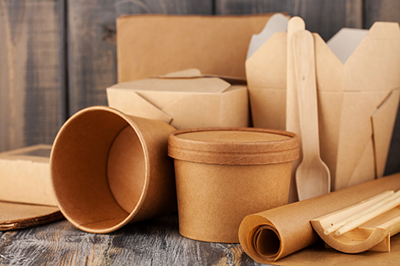
Overview:Kraft paper is a type of paperboard made from chemical pulp produced in the kraft process. It is widely used in packaging due to its strength and durability.
Key Features:
Recyclable and biodegradable
Strong, durable, and tear-resistant
Versatile and can be used for various types of packaging
Environmental Impact:Kraft paper is an eco-friendly option as it can be easily recycled, and its production involves fewer chemicals compared to other paper types. It decomposes naturally, reducing landfill waste and its environmental footprint.
3. Bamboo
Ranking: #3
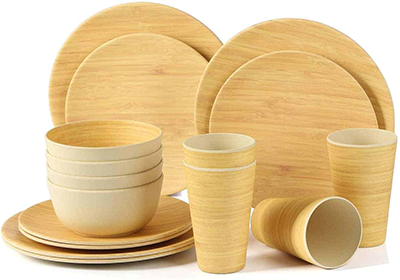
Overview:Bamboo is a fast-growing, renewable resource known for its strength and versatility. In packaging, bamboo fiber is used to make sturdy, eco-friendly takeaway containers.
Key Features:
Biodegradable and compostable
Durable and resistant to moisture
Grows quickly without the need for fertilizers or pesticides
Environmental Impact:Bamboo is an environmentally friendly resource due to its rapid growth and minimal agricultural inputs. Its containers decompose naturally and don’t contribute to long-term waste.
4. Cornstarch (PLA Bioplastic)
Ranking: #4
Overview:PLA (Polylactic Acid) is a type of bioplastic made from renewable resources like cornstarch or sugarcane. It is used in food packaging as an alternative to petroleum-based plastics.
Key Features:
Biodegradable under specific conditions
Clear and smooth texture similar to traditional plastic
Lightweight and relatively strong
Environmental Impact:Although PLA is biodegradable, it requires industrial composting facilities to break down effectively. If not properly disposed of, it can still contribute to environmental pollution.
5. Palm Leaves
Ranking: #5
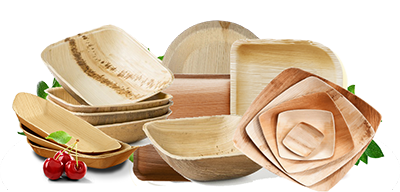
Overview:Palm leaves are a natural material that can be pressed into shapes to form durable, biodegradable containers. They are chemical-free and often used for eco-conscious packaging.
Key Features:
100% biodegradable and compostable
Sturdy and heat-resistant
Naturally aesthetic and rustic appearance
Environmental Impact:Palm leaf containers are a highly sustainable option as they are made from fallen leaves, a natural waste product. The production process uses minimal energy and no harmful chemicals.
Conclusion
As global bans on single-use plastics continue to grow, it’s clear that eco-friendly materials like sugarcane pulp, recycled paper, and bamboo will dominate the future of takeaway packaging. Each material has its strengths and unique environmental advantages, but they all share the common goal of reducing our reliance on plastics and promoting a greener planet.

